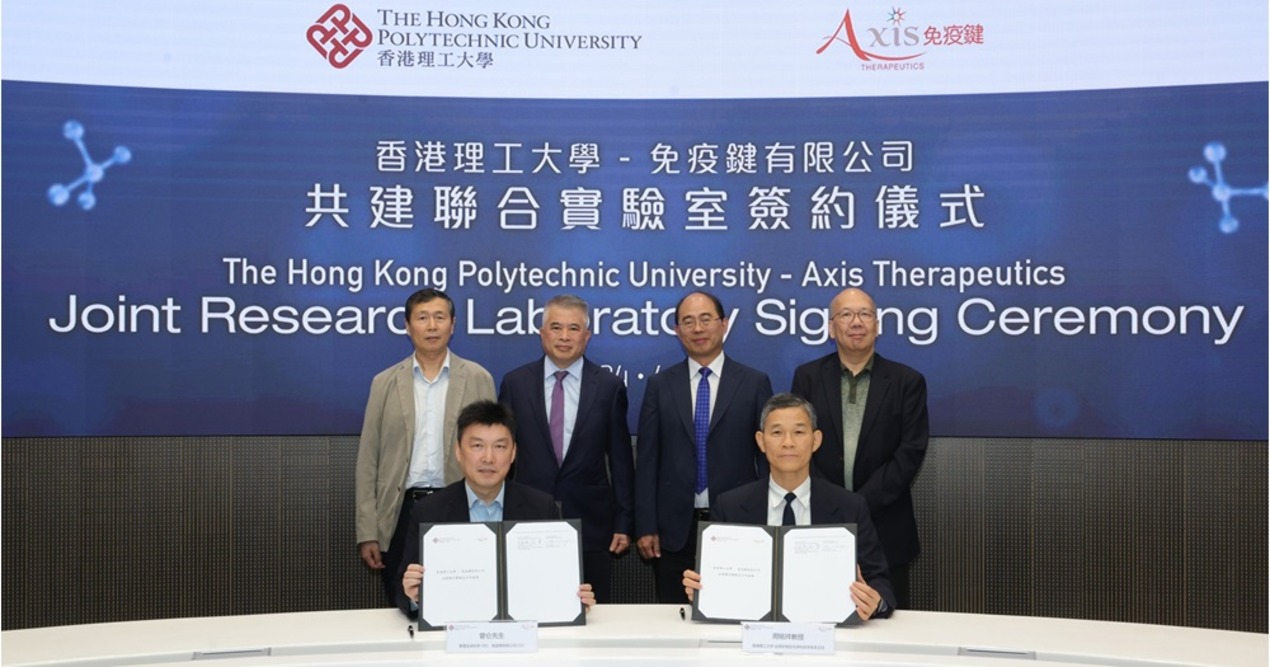
The HKMA (Hong Kong Monetary Authority) has announced a number of new initiatives aimed at fostering the development of the fintech ecosystem in Hong Kong.
Among the initiatives announced at the Hong Kong Fintech Week was the signing of an MoU between Hong Kong Interbank Clearing Limited and the PBOC’s Institute of Digital Currency to connect eTradeConnect and the PBOC Trade Finance Platform.
eTradeConnect is a blockchain-based trade finance platform launched in October 2018 with support from the HKMA and funded by a consortium of 12 major banks in Hong Kong. The PBOC’s trade finance platform, first deployed for testing last year, is also blockchain-based.
The newly announced proof-of-concept is expected to begin in Q1 2020. Once the connection has successfully been established, it will provide firms in both Hong Kong and China more convenient access to trade finance services, and enable financial institutions to expand their trade finance business.
Separately, eTradeConnect has announced two other proofs-of-concept – one that links banks to a global shipping network through collaboration with CargoSmart, a multinational professional services network, major Hong Kong banks and ocean carriers; and the second to integrate with customer procurement systems to facilitate trade financing.
The HKMA also announced a joint research project underway with the BOT (Bank of Thailand). Known as “Project LionRock-Inthanon”, the initiative is a follow-up to an MoU signed between the two central banks in May to study the application of a CBDC (central bank digital currency) to cross-border payments, with a view to facilitating HKD-THB PvP (payment-versus-payment) capabilities among banks in Hong Kong and Thailand. A joint report on the project is scheduled to be released in Q1 2020.
The recent signing of an operational agreement to set up the BIS (Bank for International Settlements) Innovation Hub Hong Kong Centre was also highlighted. The centre is proof that Hong Kong stands at the forefront of fintech innovation.
According to the HKMA, the BIS Innovation Hub Hong Kong Centre will serve as a focal point for regional fintech collaboration and bring the application of innovative technologies among central banks to a new level.
Initially, the Hong Kong Centre will focus on the use of DLT (distributed ledger technology) to digitalise trade finance processes and study the impact of bigtech in financial markets.
Meanwhile, the HKMA is conducting a study on the application of AI (artificial intelligence) technology in the banking industry and plans to release a series of publications on the topic. To help banks, it has already issued two circulars in the past week, one offering high-level guidance on the use of AI, and the other on the related consumer protection issues.
HKMA’s Chief stated during his keynote speech that everyone involved needs to explore exactly how technology should be implemented and overseen in practice.
In this regard, the HKMA has published a fact sheet highlighting the key findings of an industry-wide survey conducted in Q3 2019. It shows that almost 90 per cent of Hong Kong retail banks have either already adopted or are planning to adopt AI applications.
The fact sheet also shows that total capital investment in AI is expected to grow 70 per cent in the next five years and that over 92 per cent of retail banks plan to “significantly expand” their AI workforce over the same period.
Besides the HKMA’s work to understand and provide insights into the application of AI in financial services, it also seeks closer collaboration with banks and technology firms to develop regtech tools, Yue said.
It is widely accepted that data analytics and machine learning can help the industry perform compliance work more accurately and more cost-effectively. As a start, the HKMA will organise an ‘AML RegTech Forum’ later this month to bring together the banking industry, technology firms and other experts to explore technological collaboration on AML/CFT issues.
The Chief also discussed the HKMA’s own digitalisation programme, which cuts across banking supervision, AML, financial stability surveillance, research and investment.
With regards to supervision, the HKMA has started a pilot which aims to collect more granular data from banks (i.e., the GdR (Granular Data Repository) initiative). The data gathered will give experts a fuller and more up-to-date picture of banks’ business.
The advantage is that, in time, banks could use the tech to replace many template-based regulatory reports and lessening the reporting burden on banks.
The digitalisation programme will fundamentally overhaul the HKMA’s IT and data infrastructure over many years. The agency is working closely with technology consultants and service providers to explore new technologies, including Supervisory Technology, or SupTech.
Moreover, the government initiative, known as “iAM Smart”, will roll out electronic IDs in the fourth quarter of 2020. The initiative will enable Hong Kong citizens to authenticate their identities using mobile devices for access to financial services.
The HKMA has also launched the ‘Fin+Tech Collaboration Platform’ with the Hong Kong Science and Technology Parks, which aims to further support the fintech ecosystem and foster its development.
The platform will allow industry players to organise fintech-related activities such as accelerators and hackathons to explore innovative solutions, identify talents, and seek opportunities to collaborate. The HKMA will also be using the platform’s hardware and software facilities for some of its own fintech projects.
It is thus evident that the HKMA’s fintech initiatives have successfully created a vibrant fintech ecosystem. The agency will continue working with financial institutions, end-users, start-up firms, technology service providers, investors and regulators to drive innovation, enhance customer experience and facilitate financial inclusion.
















